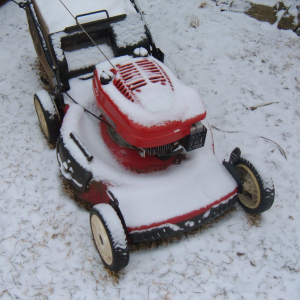As an avid gardener, you’ve dedicated your summer to nurturing your tomato plants, eagerly awaiting the ripening of that first succulent tomato. Imagine your dismay when you discover your plants have been stripped bare and your nearly ripe fruit marred. The likely culprit? The tomato hornworm (Manduca quinquemaculata), a green caterpillar distinguished by its harmless yet intimidating “horn.”
Understanding the Threat The tomato hornworm poses a significant threat to gardens due to its rapid defoliation of tomato plants. While tomatoes are its preferred delicacy, it won’t shy away from feasting on potatoes, eggplant, peppers, tobacco, and other plants in the nightshade family.
Natural Control Methods But don’t despair! You can eliminate tomato hornworms without resorting to chemical insecticides. Here are six detailed natural control methods to keep these pests at bay:
1. Be Vigilant
Regularly inspect your plants for these caterpillars and the adult moths (known as five-spotted hawk moths) that lay their eggs. Despite their size (3 to 5 inches long), these caterpillars are masters of camouflage, blending in with the foliage. Look for V-shaped white markings on their bodies and their distinctive black horns. Chewing damage and dark green droppings on the leaves are often the first signs of their presence.
2. Handpick Them
If you spot tomato hornworms, the most effective method, especially if their numbers are small, is to manually remove them from your plants and drown them in soapy water. Rest assured, they don’t bite or sting. If you’re squeamish, consider wearing garden gloves.
3. Invite Their Natural Enemies
The braconid wasp (Cotesia congregatus) is a non-stinging parasitic wasp that lays its eggs under the skin of soft-bodied caterpillars. The larvae feed on the hornworm until they pupate, then spin cocoons on the hornworm’s back. If you see a hornworm covered with these cocoons, leave it alone. The weakened worm can no longer damage your plants, and the cocoons will hatch a new generation of wasps.
4. Plant Companions
Certain plants, like basil and borage, repel tomato hornworms. Many gardeners also find that growing basil alongside tomato plants improves their yield and the flavor of the fruit. Marigolds are another excellent choice, as their strong-smelling essential oils repel many insect pests.
5. Use Natural Insecticides
Bacillus thuringiensis (Bt) is a natural bacterial insecticide that kills hornworms by paralyzing their digestive systems. It’s most effective when the caterpillars are small and needs to be reapplied every 5 to 7 days.
6. Cultivate Your Soil
Some hornworms may pupate and overwinter in the soil. Cultivating your soil can disrupt this process and reduce the number of moths that emerge in the spring.
Remember, as an active and careful gardener, you hold the power to protect your plants from these destructive pests. Happy gardening!





